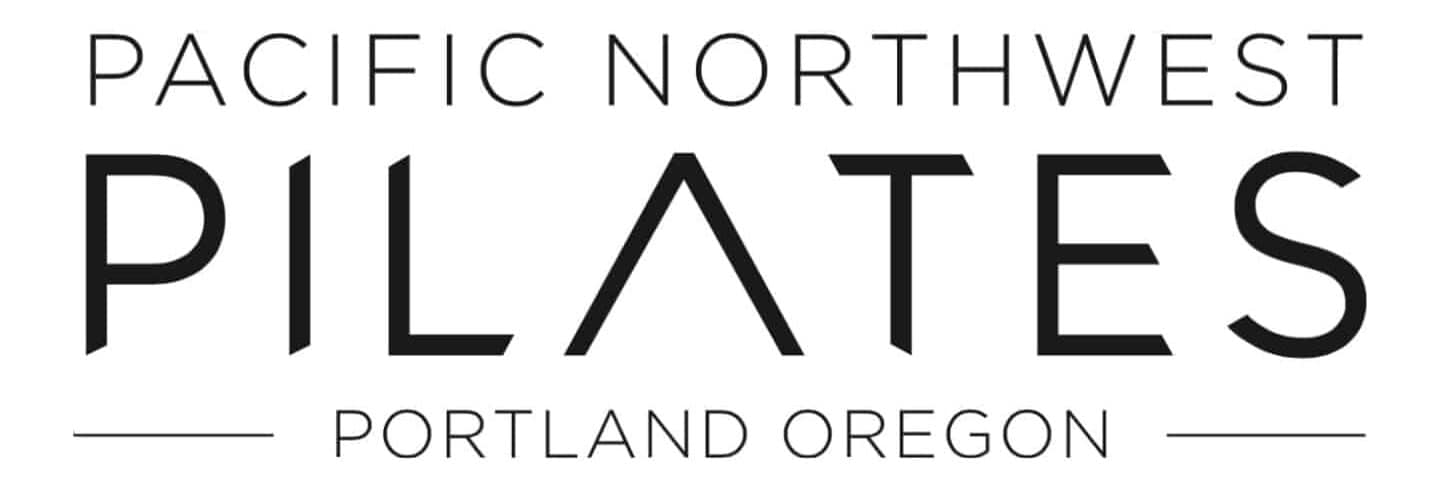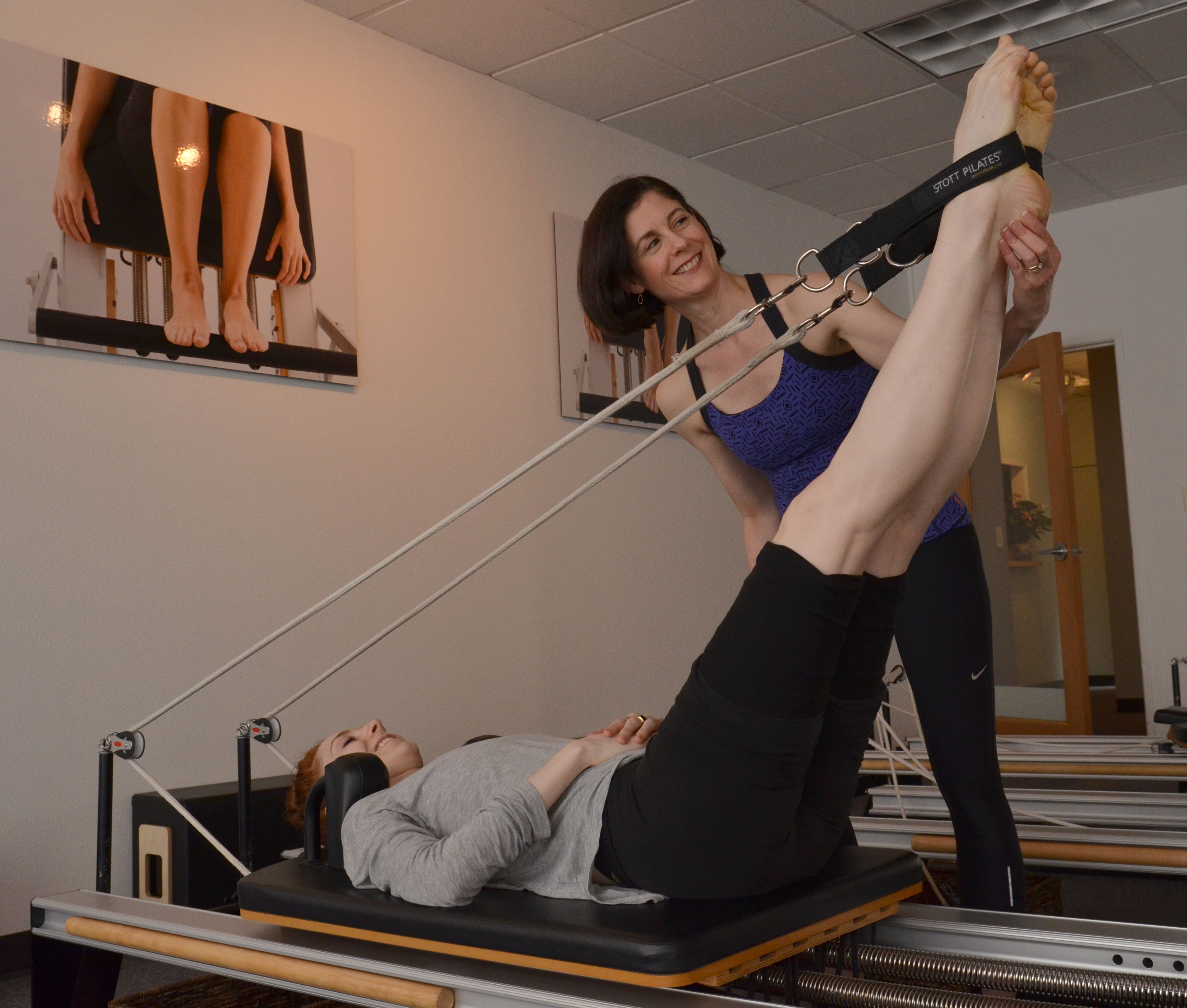There’s an art to observation. PNWP education students often ask how to see something that is not immediately obvious. It isn’t magic. It takes practice and experience. It also helps to have mentorship and guidance.
Here, our Instructor Trainer team provides some tips and tricks to help you hone your observation skills.
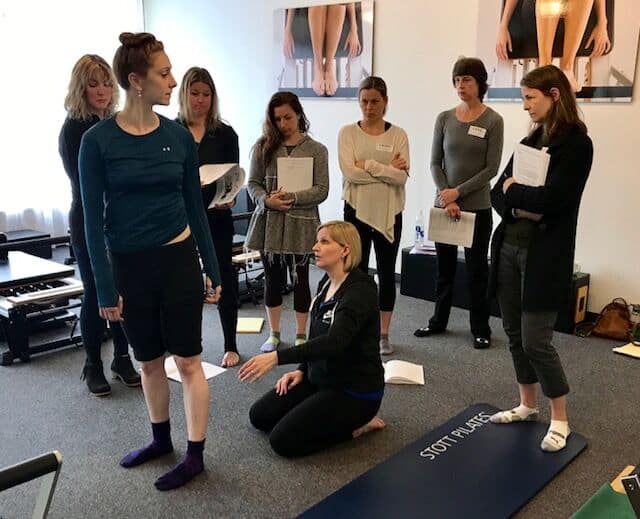
Put on Your Pilates Peepers
STOTT PILATES education at Pacific Northwest Pilates trains instructors to locate bony landmarks to identify deviations in posture and joint positioning. Even with these guidelines, it can be difficult to see differences that exist between right and left sides of the body or other subtle imbalances.
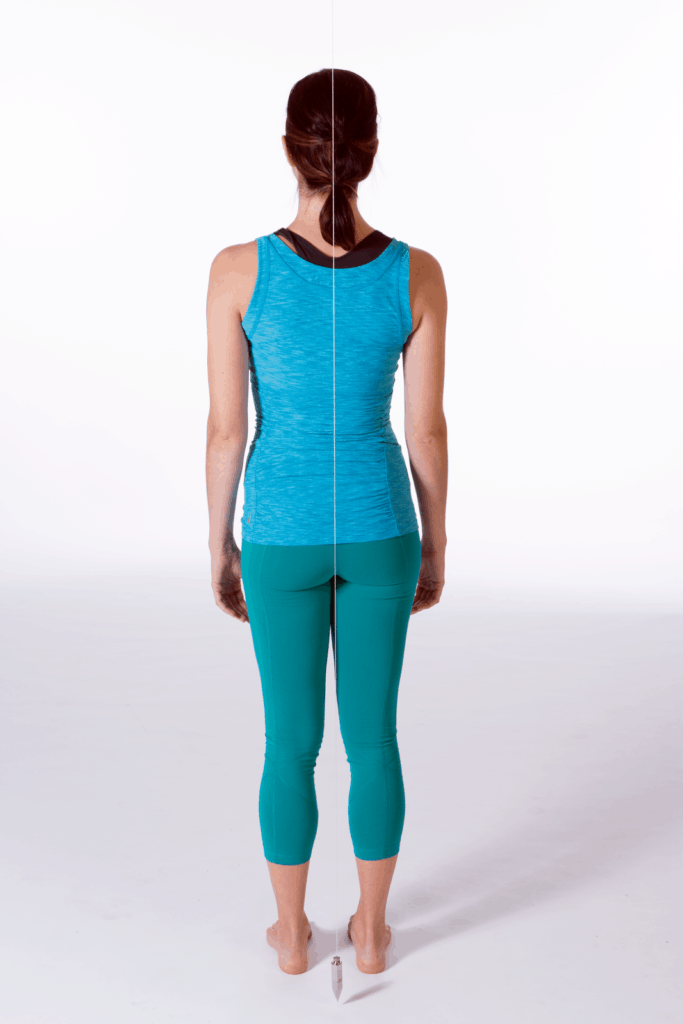
Watch an experienced Pilates instructor work with a real client—it looks easy, but it’s not. Here are three things you can do to enhance your observation skills:
Asymmetries
Open your eyes. Differences between the right and left sides of the body frequently exist. Clues may appear in the folds of clothing and the way a shadow is cast on one side of the body versus another. Look at the negative space around the body too; the space that exists between the arm and the body on one side may be greater than on the other, for example, indicating that one arm sits further away from the body.
Tension & Tone
Sometimes things just visually pop out as an area to notice. You may not even know why—it just doesn’t look right. We all have regions of our bodies that carry more tension than other areas. Put on your Pilates binoculars. Does the neck look strained? Are there muscles of the upper back or hips that stand out more than others? A healthy body looks at ease, in balance and vibrant. Areas of the body that are being pulled on may become irritable and respond with residual tone in the muscles surrounding that region.
![]() Pro Tip: If you don’t know what’s going on, put a pin in it. You may know more later.
Pro Tip: If you don’t know what’s going on, put a pin in it. You may know more later.
Imbalances
Look for muscular imbalances throughout the body. Notate if the major muscle groups—quadraceps, hamstrings, gastrocnemius, erector spinae, rhomboids and upper trapezius—look balanced with their mate and with other muscles in the body. An individual with overdeveloped quads in relation to gluteals will likely show imbalances in the positioning of the hip joint and pelvis.
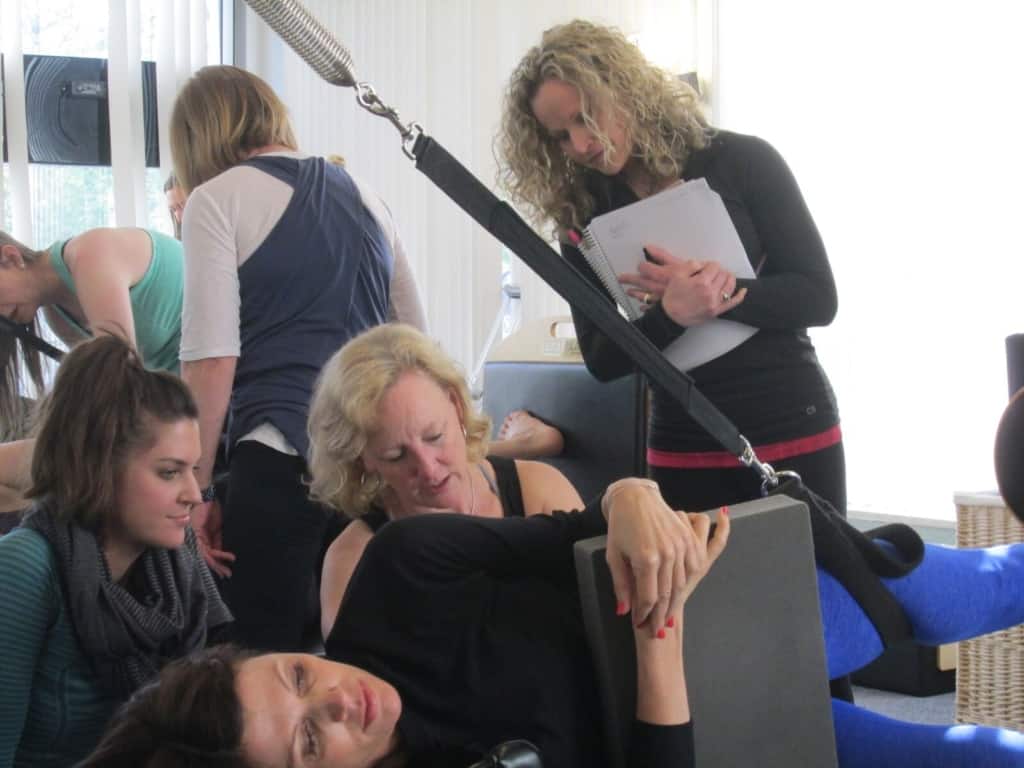
Be a Movement Sleuth
A high caliber instructor will recognize when a client grips, braces or overworks. Watch the expert’s eyes—they’ll scan the whole body and then hone in to detect tension and lack of coordination. Here are three more things to look for:
Restricted Breathing
A student who holds their breath is not moving well. Stagnant breathing patterns are a sign of tension and restriction in the ribcage, back and abdominal region. A good teacher may remind a student to let go and begin again with ease and breath when he or she sees signs of rigidity.
Discordant Movement
Look for subtle interruptions in coordination of the limbs and spine. For example, when a student performs the exercise Footwork, notice if the feet, knees and hips unwind into a straight position in an articulated and fluid way. Likewise, on the return, notice if the hips fold before the knees bend.
![]() Pro Tip: Provide cues to help students assemble their movement in a patterned and fluid manner.
Pro Tip: Provide cues to help students assemble their movement in a patterned and fluid manner.
Rhythm & Pace
Pay attention to the speed and timing one naturally brings to an exercise. Notice if there are pauses between phases of movement or if exercises are performed without rhythm. Many students execute Pilates exercises in a brisk, unfocused manner and speed through challenging phases of an exercise. An experienced instructor will direct clients to play with their pace and learn to control the flow and speed of their movement.
Observation is a Lifelong Practice
A certified instructor never stops observing others.
As you teach more people, you’ll become a keen observer. You’ll gain tricks and inspiration—sometimes out of the corner of your eye—from others.
![]() Pro Tip: Be patient with yourself. Find mentors you trust. Like any skill, it takes time to develop your Pilates eyes.
Pro Tip: Be patient with yourself. Find mentors you trust. Like any skill, it takes time to develop your Pilates eyes.
Pacific NW Pilates is studio, school and fitness family under one roof. Click to learn more about our education courses and workshops, private studio sessions and group classes. Or call for details: (503) 292-4409.
